How Does a Door/Window Alarm Sensor Actually Work?
A door and window alarm sensor works by using a sensor and a magnet. The sensor is placed on or inside the door or window frame. The magnet is placed on or inside the door or window itself. When the door or window is opened, the magnet will separate from the sensor, causing it to activate.
As soon as the magnet separates from the sensor, an internal reed switch inside the sensor will become tripped. When this happens, the sensor will send a signal to the alarm system. The system will then perform a predetermined action based on the Response Type for the sensor. This could include requiring a system disarm or activating a siren.
Door and window contacts come in many different shapes and varieties. A common distinction for door and window sensors is whether they are surface-mounted or recessed. A surface-mounted sensor is installed on the outside of the door or window using screws and doubled-sided foam tape. This setup makes a surface-mounted contact very easy to install. But some users do not like the fact that the sensor is visible on the outside of the door or window. On the other hand, a recessed sensor and its magnet are inserted into holes that are drilled into the door or window and its frame. This makes them hidden from the outside. However, the installation can be more difficult, since holes will need to be drilled.
The other main distinction for door and window sensors is whether they are wireless or hardwired. A wireless sensor communicates with the security panel wirelessly using RF signals. This type of sensor is very easy to set up and program, and it will prevent the user from having to run any wires. The downside is that a wireless door and window contact will need to have its battery replaced every few years. As for hardwired sensors, these devices connect with security panels directly. This means that the user will need to run a wire from the panel to the sensor. But the benefit is that the wired sensor will never require a battery replacement in its lifetime.
If you decide to use a wireless sensor, you must make sure that it is compatible with your security system. Each security system is designed to interface with wireless sensors that operate at different radio frequencies. The RF signal that the door and window contact uses must be compatible with your alarm system. Depending on your alarm system, there may be encrypted door and window sensors that you can use for an added layer of protection.
Did you find this answer useful?
We offer alarm monitoring as low as $10 / month
Click Here to Learn MoreRelated Products
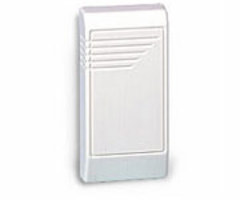
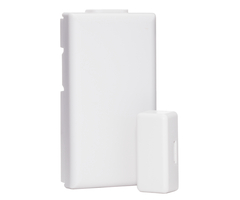

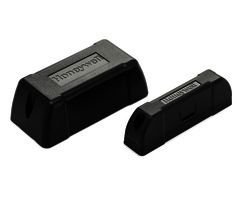
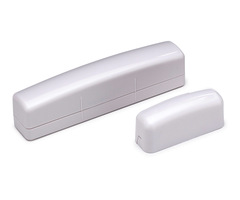
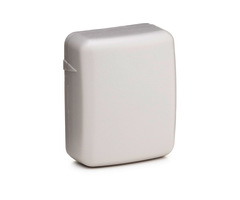


Related Categories
- Wireless Door Sensors and Window Alarm Sensors
- Wireless Door Alarm Sensors
- Encrypted Door Alarm Sensors
- Door & Window Alarm Sensors
- Door Alarm Sensors
- Wired Door & Window Alarm Contacts
- Wired Door Alarm Sensors
- Honeywell 5800 Door Sensors and Window Sensors
- Honeywell SiX Door Sensors and Window Sensors
- Answered





